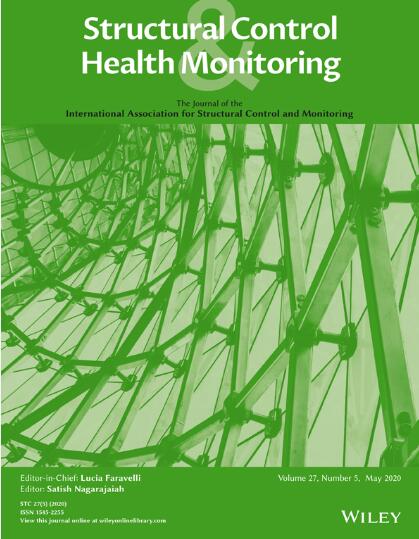Long-Term Seismic Monitoring of a Passively-Controlled Steel Building on Performance Assessment under Strong Earthquake
Abstract
Analysis of recorded seismic response of an eight-story passively-controlled steel building located in Sendai is reported in this paper. Vibration monitoring system has been instrumented to test the effectiveness of dampers and actual performance of passively-controlled structures under earthquake since it was constructed in 2003. A data-driven stochastic subspace identification methodology with an alternative strategy to remove spurious modes is developed and implemented to the recorded actual earthquake response to extract dynamic properties of the passively-controlled eight-story steel building from the recorded floor acceleration data. Thus, the inherent damping characteristic of the building is identified under various earthquakes. Moreover, the variation of the estimated natural frequencies, mode shapes, and damping ratios for all the earthquake recordings are illustrated. To further investigate serviceability of the passively-controlled steel building during an earthquake, probabilistic model updating is developed to estimate the model parameters and infer the response of the structure based on the identified modes. Besides, seismic performance assessment of the passively-controlled steel building from the estimated dynamic characteristics and model parameters during service period is also discussed.


 求助内容:
求助内容: 应助结果提醒方式:
应助结果提醒方式:


